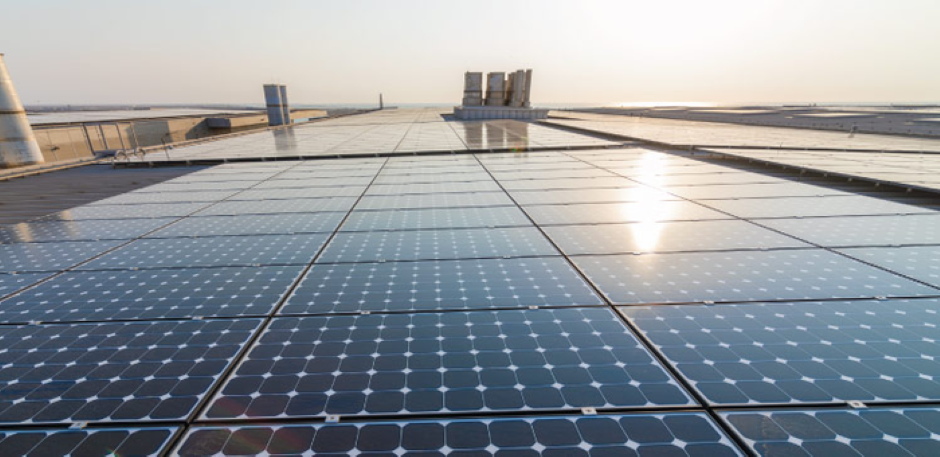
The temperature of solar panels can be over 40 degrees Celsius warmer than the surrounding air temperature in arid regions. These conditions arise because silicon photovoltaic cells typically convert only one-quarter of absorbed solar energy into electricity while the remainder heats up the cell. Extreme operating temperatures reduce the cell’s efficiency and lifespan further.
The team tried to overcome this with water cooling but found that the operating temperature of their photovoltaic panel remained stubbornly high.
Solar still smashes desalination record
Solar desalination makes efficiency gains with ‘hot spots’
To remedy this, researchers Wenbin Wang and Sara Aleid helped to develop a theoretical model to explore the relationship between certain membrane parameters, such as thickness and porosity, to the solar cell hotness.
“A lower solar-cell temperature relies on regulating heat transfer through the hydrophobic membrane in the multistage device,” Wang said in a statement. “Simply by modulating the membrane parameters, we found that utilising a thinner hydrophobic membrane with higher porosity enables higher desalination performance and lower solar-cell temperature to be achieved simultaneously.”
According to KAUST, taking these results from the laboratory to real-world environments required the team to minimise the energy needs and waste by-products associated with desalination. Taking inspiration from infusion technology used in intravenous lines, the researchers developed a gravity-driven system that feeds seawater into the solar-cell device without external pumps. In addition, a special fabric wicks away solid salts and minerals, avoiding the release of toxic liquid brine.
“Because our device aims to desalinate seawater and provide electricity for off-grid communities, relying on a mechanical pump to control the flow rate of source water is not a good choice,” said Wang.
Experiments, including outdoor tests on the sunny KAUST campus, revealed that the new membrane design boosted electricity generation by eight per cent while doubling previous rates of freshwater generation.
The team’s results have been published in Joule.










National Gas receives funding to develop Gravitricity underground hydrogen storage system
There can't possibly ever be a '<i>business</i>' case for the <i><b>bulk</b></i> storage of hydrogen, since Green hydrogen electrolysis...